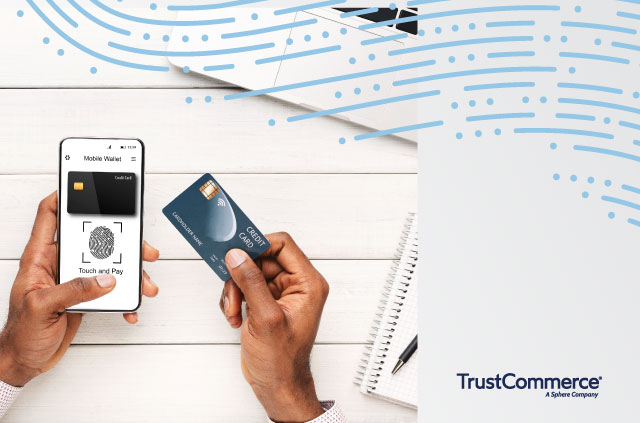As the consumerization of healthcare continues, the “digital front door” concept has become an increasingly important means for providers to improve engagement with their patients.
While digital front door strategies may vary across different types of providers, one thing they all have in common is the objective of delivering “an integrated approach that offers patients a meaningful and connected experience at every step along their journey,” according to the Medical Group Management Association.
Effectively, that means replacing or augmenting activities that have traditionally been done in-person or manually with digital options that improve accessibility and ease-of-use for patients, while also boosting efficiencies for providers. These healthcare digital front door services may include scheduling appointments, filling out forms, paying bills, requesting refills, and checking test results.
For providers, one of the major challenges of establishing a comprehensive healthcare digital front door strategy involves integrating these digital services into existing platforms to create a seamless experience for patients.
A deeper look at the digital front door
Improving patient access to medical services is a top priority for health system leaders as they endeavor to increase access to care and convenience for patients, according to a recent report from the Center for Connected Medicine (CCM). In a survey of 72 leaders from 67 health systems, CCM found that nearly all respondents (99%) identified improving patient access as a “high” or “very high” priority for their health system, and more than 85% indicated their health system is likely to invest in patient access technology.
When implemented properly, digital front doors offer a number of advantages for both patients and providers, with most revolving around immediacy, efficiency, convenience, and time savings. For patients, specifically, benefits include single-point access to care, a convenient patient experience, consistent communication, and better transparency.
For providers, a critical benefit of a digital front door strategy is automation to free staff from manual tasks that divert them from patient care such as paperwork and phone calls. With increased automation of routine tasks, providers can enhance staff productivity, offer seamless care coordination, and improve patient engagement and retention.
Platform integration: This missing piece
The often-overlooked portion of creating a digital front door strategy is having a solution that integrates with your electronic health record (EHR) software or practice management (PM) system. With Health iPASS patient engagement platform, you can have a single solution that covers scheduling, appointment reminders, intake, estimates, card on file, etc. These are all important aspects of a digital front door, but you don’t want to use separate solutions.
In addition, the TrustCommerce platform delivers providers maximum flexibility due to its integration with leading EHRs such as Epic, Allscripts, and athenahealth, and many others. This enables patients to perform tasks such as appointment scheduling, refill requests and paying a co-pay or for services post-visit simply by logging in to a patient portal that is tied to the EHR. Not only is this easy for the patient, it allows the providers’ staff to work within the EHR, not an additional system, creating greater efficiency.
Discover five critical benefits that providers gain by centralizing all patient payments with TrustCommerce.



